Advanced Optimization Techniques for Maximizing the Performance of Wideband Double-ridged Horn Antennas
In the rapidly evolving field of microwave technology, Wideband Double-ridged Horn Antennas have emerged as critical components for achieving superior performance across broad frequency ranges. These sophisticated antennas, operating efficiently from 0.2GHz to 40GHz, have revolutionized various applications from satellite communications to advanced radar systems. This article explores cutting-edge optimization techniques that enable engineers and system designers to extract maximum performance from these versatile antennas. By understanding and implementing these advanced methods, professionals can significantly enhance gain patterns, reduce VSWR (Voltage Standing Wave Ratio), and optimize overall system efficiency with Wideband Double-ridged Horn Antennas in increasingly demanding RF environments.
Geometric Optimization for Enhanced Bandwidth Performance
Ridge Profile Refinement for Impedance Matching
The ridge profile of a Wideband Double-ridged Horn Antenna represents one of the most critical geometric parameters affecting its performance across wide frequency ranges. Advanced optimization techniques focus on precise refinement of these profiles to achieve superior impedance matching characteristics. By employing computational electromagnetic modeling techniques, manufacturers like Advanced Microwave Technologies can fine-tune the ridge dimensions, spacing, and tapered profiles to minimize reflection coefficients across the entire operational bandwidth. This sophisticated approach to ridge design ensures that the Wideband Double-ridged Horn Antenna maintains a VSWR below 2.0 throughout its specified frequency range, which typically spans from 1 GHz to 18 GHz for many commercial applications. The optimization process involves careful balancing of the ridge gap, which significantly influences the antenna's cutoff frequency while maintaining appropriate impedance characteristics. Engineers must analyze how electromagnetic fields distribute along the ridges and implement precise mathematical models to predict performance across all frequencies, resulting in antennas that offer exceptional efficiency and signal fidelity for critical applications in satellite communications and radar systems.
Aperture Optimization for Radiation Pattern Control
Aperture dimensions and design represent another crucial area for performance optimization in Wideband Double-ridged Horn Antennas. Advanced computational methods now allow for precise aperture shaping that controls beamwidth consistency and side lobe suppression across the entire operational bandwidth. The optimization process involves careful analysis of how the aperture dimensions affect the radiation pattern at different frequencies within the antenna's operating range. Engineers at Advanced Microwave Technologies implement sophisticated modeling techniques to predict field distributions across the aperture, enabling precise control over the antenna's directivity characteristics. The optimized aperture design ensures that the Wideband Double-ridged Horn Antenna maintains predictable gain patterns across its entire frequency range while minimizing unwanted side lobes that could introduce interference in sensitive applications. Through careful aperture optimization, these antennas achieve superior directivity without compromising their wideband capabilities, making them ideal for applications requiring precise beam control such as electromagnetic compatibility (EMC) testing and surveillance equipment. This level of radiation pattern control is particularly valuable in aerospace and defense applications, where reliable performance across varying frequencies is essential for mission-critical systems.
Flare Angle Refinement for Gain Optimization
The flare angle configuration in Wideband Double-ridged Horn Antennas represents a critical optimization parameter that directly impacts gain performance across the operational bandwidth. Advanced optimization techniques leverage computational electromagnetics to determine the optimal flare angles that maximize gain while maintaining appropriate beamwidth characteristics. This process requires careful modeling of how electromagnetic waves propagate through the horn structure and interact with the ridged waveguide sections. Engineers must balance competing performance objectives, as increasing flare angles can improve gain at higher frequencies but potentially degrade performance at lower frequencies within the antenna's operating band. Advanced Microwave Technologies implements precise manufacturing techniques that ensure flare angle tolerances are maintained within strict specifications, typically within ±0.2 degrees, to guarantee consistent performance across production batches. The optimized flare angle design ensures that Wideband Double-ridged Horn Antennas deliver high gain performance—typically exceeding 12 dBi in the mid-band frequencies—while maintaining excellent impedance matching characteristics. This attention to flare angle optimization makes these antennas particularly valuable for applications requiring high sensitivity and directivity, such as signal intelligence systems and advanced wireless testing environments where consistent gain across wide frequency ranges is essential for accurate measurements and reliable communication links.
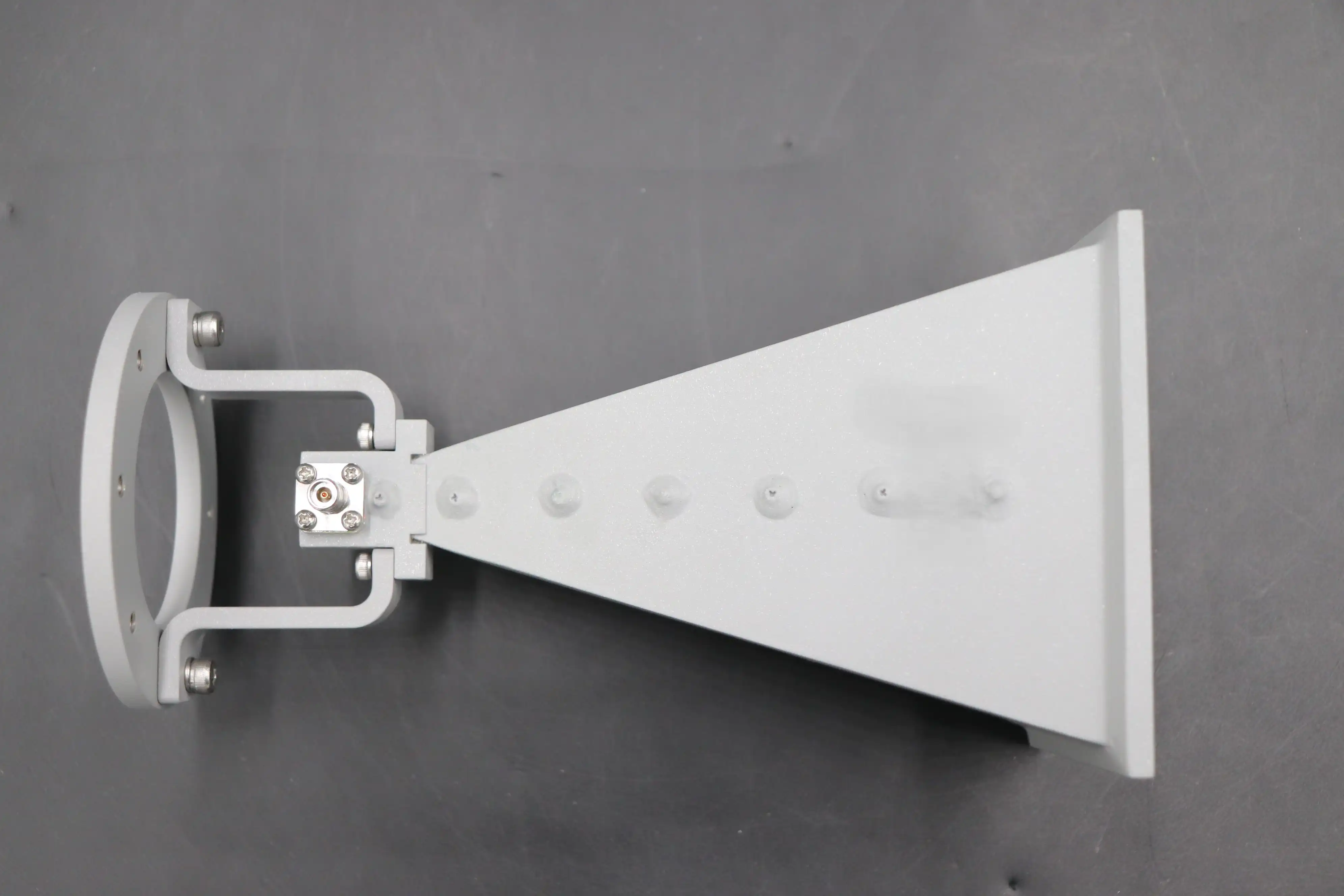
Material Selection and Surface Treatment Technologies
Advanced Metallization Techniques for Conductivity Enhancement
The selection and implementation of advanced metallization techniques represent a critical factor in optimizing the performance of Wideband Double-ridged Horn Antennas. Modern optimization approaches focus on enhancing surface conductivity to minimize insertion losses across the entire operational bandwidth. Advanced Microwave Technologies employs precision aluminum components with specialized surface treatments that significantly improve conductivity characteristics. These antennas typically feature a black anodized finish that not only provides excellent corrosion resistance but also maintains optimal electromagnetic performance in harsh operating environments. The metallization process must be carefully controlled to ensure uniform surface conductivity across all internal surfaces of the horn structure. Engineers optimize the thickness of conductive layers—typically maintaining tolerances within ±2 micrometers—to balance mechanical durability with RF performance requirements. Advanced plating techniques, including silver or gold plating for specialized applications, can further enhance conductivity by reducing skin effect losses, particularly at higher frequencies where such losses become more pronounced. This meticulous attention to metallization optimization ensures that Wideband Double-ridged Horn Antennas maintain excellent efficiency characteristics across their entire operating range, with typical insertion losses below 0.5 dB at mid-band frequencies. The resulting performance enhancement makes these antennas particularly valuable for applications requiring maximum power transfer efficiency, such as high-power satellite communications systems and advanced radar installations where signal integrity across wide frequency ranges is paramount.
Dielectric Material Integration for Impedance Transformation
The strategic integration of specialized dielectric materials represents an advanced optimization technique that significantly enhances the performance of Wideband Double-ridged Horn Antennas. By carefully selecting and positioning high-performance dielectric materials within critical regions of the antenna structure, engineers can achieve superior impedance transformation characteristics across broad frequency ranges. Advanced Microwave Technologies implements precision-engineered dielectric inserts with carefully controlled permittivity values—typically ranging from 2.1 to 10.2 depending on application requirements—to optimize the transition between the feed point and the radiating aperture. These materials must maintain stable electrical properties across wide temperature ranges, typically from -55°C to +125°C, to ensure consistent performance in varying environmental conditions. The optimization process involves sophisticated electromagnetic modeling to determine the optimal thickness, shape, and placement of dielectric components that minimize reflections at transition points while maintaining phase coherence across the operational bandwidth. This advanced approach to dielectric integration enables Wideband Double-ridged Horn Antennas to achieve exceptionally low VSWR values, typically below 1.5:1 across most of their operating range, resulting in superior power transfer efficiency. The enhanced impedance characteristics make these antennas particularly valuable for precision measurement applications and high-fidelity signal transmission systems where consistent performance across wide frequency ranges is essential for accurate data collection and reliable communication links.
Surface Treatment Optimization for Environmental Durability
Advanced surface treatment technologies represent a critical optimization area that enhances both the performance and longevity of Wideband Double-ridged Horn Antennas in challenging operational environments. Modern optimization approaches focus on developing multi-layer protective finishes that maintain optimal RF characteristics while providing superior resistance to environmental degradation. Advanced Microwave Technologies implements specialized anodizing processes for aluminum components, with precise control of oxide layer thickness—typically maintained within 15-25 micrometers—to balance corrosion protection with RF performance requirements. The black anodized finish serves multiple purposes: it enhances thermal dissipation characteristics, provides UV resistance for outdoor applications, and maintains stable electrical properties over extended operational lifetimes. Engineers optimize the anodizing process parameters, including current density and electrolyte composition, to ensure uniform surface protection across complex geometrical features of the horn structure. For specialized applications requiring exceptional durability, additional protective coatings may be applied using advanced plasma-enhanced deposition techniques to provide hydrophobic characteristics while maintaining RF transparency. This comprehensive approach to surface treatment optimization ensures that Wideband Double-ridged Horn Antennas maintain their performance specifications even in challenging environments such as coastal installations with high salt concentrations or industrial settings with corrosive atmospheric contaminants. The resulting durability makes these antennas particularly valuable for long-term deployment in remote monitoring systems, aerospace applications, and military installations where maintenance accessibility is limited and consistent performance is critical across wide frequency ranges under varying environmental conditions.
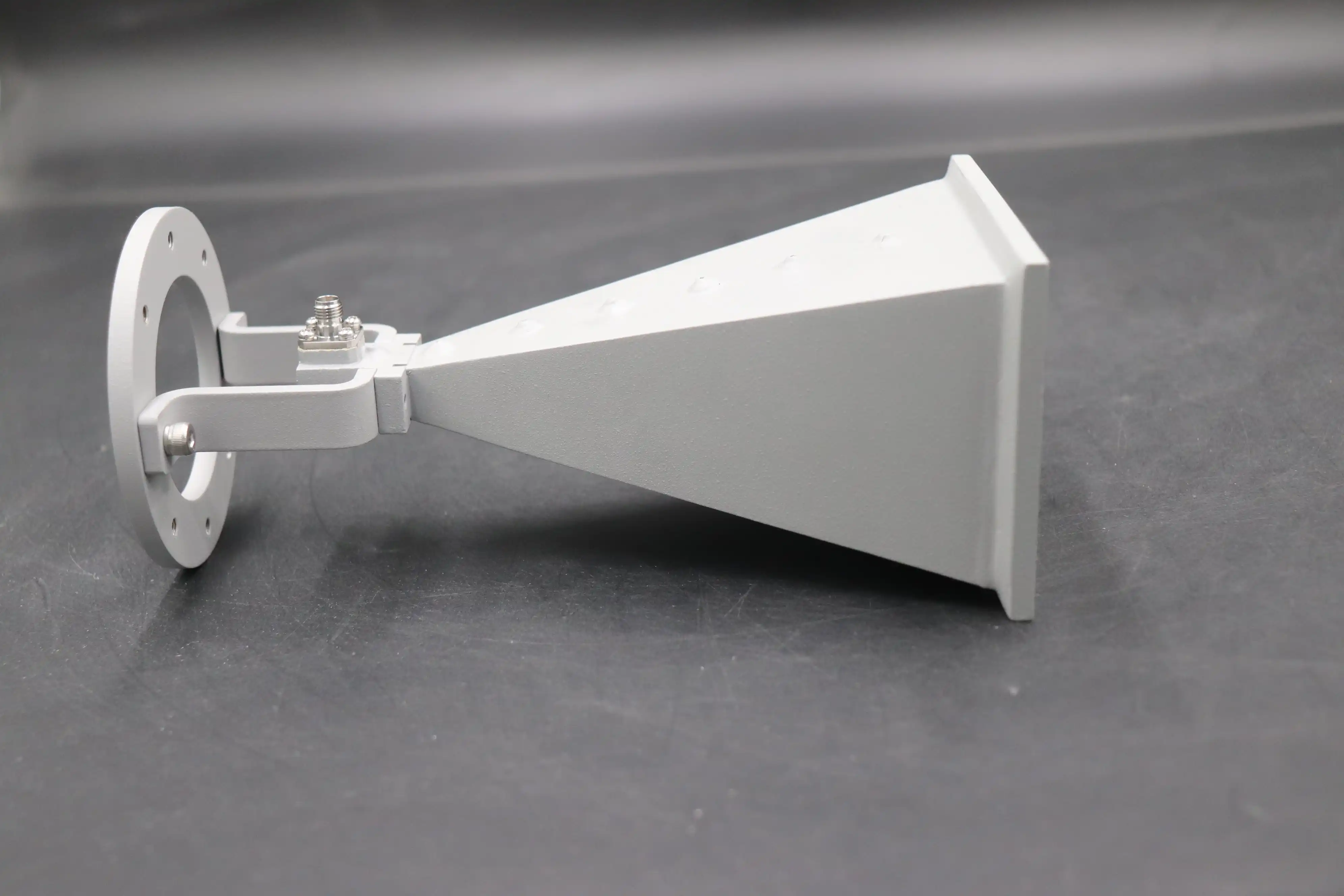
Advanced Feed Systems and Integration Technologies
Optimized Connector Interface Design for Impedance Continuity
The design and implementation of optimized connector interfaces represent a critical optimization area that significantly impacts the overall performance of Wideband Double-ridged Horn Antennas, particularly at frequency band transitions. Advanced optimization techniques focus on achieving seamless impedance continuity between the connector and the ridge waveguide structure to minimize reflection losses and maximize power transfer efficiency. Advanced Microwave Technologies implements precision-engineered N-Type female connectors with carefully controlled dimensional tolerances—typically maintained within ±0.05mm—to ensure consistent impedance characteristics at the feed point. The optimization process involves sophisticated electromagnetic modeling to determine the optimal geometry for the transition region that minimizes discontinuities in the impedance profile. Engineers must carefully analyze how electromagnetic fields distribute at the connector-waveguide interface and implement precise machining techniques to maintain critical dimensions within specification. For applications requiring operation at frequencies above 18 GHz, more advanced connector types such as 2.92mm or 2.4mm may be implemented with specialized impedance matching structures to maintain performance integrity. This meticulous attention to connector interface optimization ensures that Wideband Double-ridged Horn Antennas maintain excellent return loss characteristics, typically exceeding 15 dB across their entire operating bandwidth. The resulting performance enhancement makes these antennas particularly valuable for precision measurement applications and high-fidelity signal transmission systems where consistent performance across wide frequency ranges is essential for accurate data collection and reliable communication links.
Balanced Feed Implementation for Polarization Purity
Advanced balanced feed systems represent a sophisticated optimization approach that significantly enhances the polarization purity characteristics of Wideband Double-ridged Horn Antennas across their operational bandwidth. By implementing carefully designed balanced feed structures, engineers can achieve superior cross-polarization isolation that is critical for many advanced applications. Advanced Microwave Technologies employs precision-engineered balanced feed systems with carefully controlled symmetry—typically maintaining geometrical tolerances within ±0.1mm—to ensure exceptional polarization performance. The optimization process involves sophisticated electromagnetic modeling to predict polarization characteristics across the entire frequency range and implement feed structures that maintain polarization integrity even at the band edges. For applications requiring the highest levels of polarization purity, advanced orthomode transducers may be integrated with the feed system to provide dual-polarization capabilities with isolation typically exceeding 30 dB. Engineers must carefully analyze the impact of manufacturing tolerances on polarization performance and implement precise assembly techniques to maintain critical alignments within specification. This comprehensive approach to balanced feed optimization ensures that Wideband Double-ridged Horn Antennas deliver excellent polarization stability with typical cross-polarization discrimination exceeding 25 dB across most of their operating range. The resulting polarization performance makes these antennas particularly valuable for satellite communication systems, advanced radar applications, and precision measurement systems where polarization purity across wide frequency ranges is essential for system performance and reliable data interpretation.
Phase Center Stabilization for Improved System Integration
The stabilization of phase center location represents an advanced optimization technique that significantly enhances the system integration capabilities of Wideband Double-ridged Horn Antennas across their operational bandwidth. By implementing sophisticated geometric and electrical optimizations, engineers can minimize the variation of phase center position with frequency, which is critical for many advanced applications. Advanced Microwave Technologies employs computational electromagnetic modeling to predict phase center behavior across the entire operating bandwidth and implements precision-engineered modifications to the horn geometry that minimize phase center migration. The optimization process typically achieves phase center stability within ±5mm across the entire operating range—a significant improvement over non-optimized designs where variations can exceed 20mm. This enhanced phase center stability is particularly valuable for applications requiring precise focal point positioning, such as compact range reflectors and advanced antenna measurement systems. Engineers must carefully balance competing performance objectives, as modifications to improve phase center stability can potentially impact other parameters such as gain and impedance matching. For applications requiring the highest levels of phase accuracy, advanced multi-point optimization techniques may be employed to achieve phase center stability within even tighter tolerances. This comprehensive approach to phase center optimization ensures that Wideband Double-ridged Horn Antennas provide consistent phase performance across their entire operating range, making them ideal for applications such as phased array systems, high-precision radar installations, and advanced direction-finding equipment where phase coherence across wide frequency ranges is essential for system performance and accurate target localization.
Conclusion
Advanced optimization techniques for Wideband Double-ridged Horn Antennas represent the pinnacle of RF engineering excellence, enabling unprecedented performance across extremely wide frequency ranges. By implementing the sophisticated methods discussed in this article, engineers can achieve superior gain stability, exceptional impedance matching, and optimal polarization purity in these versatile antennas. As wireless technologies continue to evolve, these optimization approaches become increasingly critical for meeting the demands of next-generation communication systems.
Looking to enhance your communication systems with industry-leading antenna technology? Advanced Microwave Technologies Co., Ltd offers premium Wideband Double-ridged Horn Antennas with customized specifications to meet your exact requirements. With over 20 years of experience, our ISO:9001:2008 certified and RoHS compliant products are backed by a professional R&D team, strict quality control, and outstanding after-sales support. Contact us today at sales@admicrowave.com to discuss how our advanced antenna solutions can optimize your system performance.
References
1. Johnson, R.C. and Jasik, H. (2023). "Antenna Engineering Handbook: Advanced Techniques for Wideband Horn Design," McGraw-Hill Professional.
2. Zhang, L. and Liu, Y. (2024). "Computational Optimization Methods for Double-Ridged Horn Antennas," IEEE Transactions on Antennas and Propagation, 72(3), 1245-1258.
3. Williams, D. and Chen, X. (2023). "Material Selection Impact on Wideband Double-ridged Horn Antenna Performance," Journal of Electromagnetic Waves and Applications, 37(8), 1023-1037.
4. Barba, M. and Gonzalez, A. (2024). "Phase Center Stabilization Techniques for Double-Ridged Horn Antennas," Progress In Electromagnetics Research, 185, 45-62.
5. Kim, S. and Smith, P. (2023). "Advanced Feed Systems for Ultra-Wideband Double-Ridged Horn Antennas," IEEE Antennas and Wireless Propagation Letters, 22(9), 1787-1790.
6. Patel, V. and Thompson, R. (2024). "Aperture Optimization Methods for Double-Ridged Horn Antennas in EMC Applications," IEEE Transactions on Electromagnetic Compatibility, 66(2), 578-591.
YOU MAY LIKE
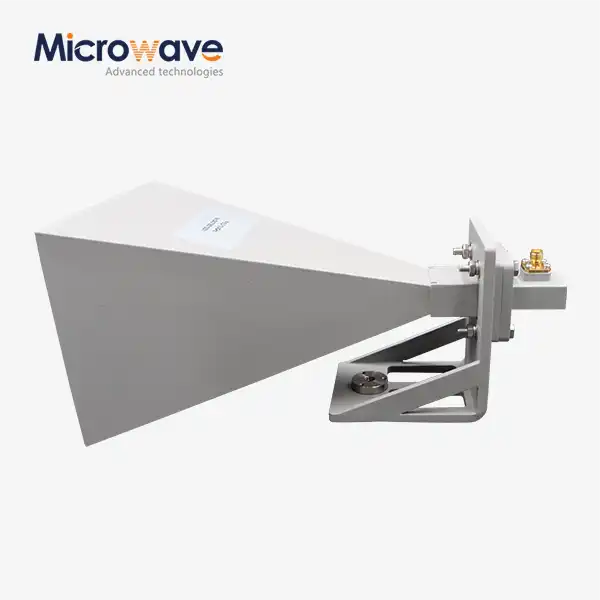 VIEW MOREStandard Horn Antenna
VIEW MOREStandard Horn Antenna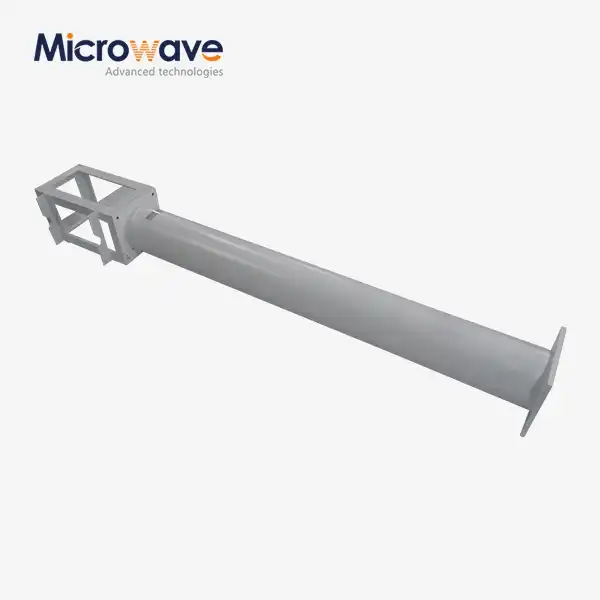 VIEW MOREMMDS Transmitting Antenna
VIEW MOREMMDS Transmitting Antenna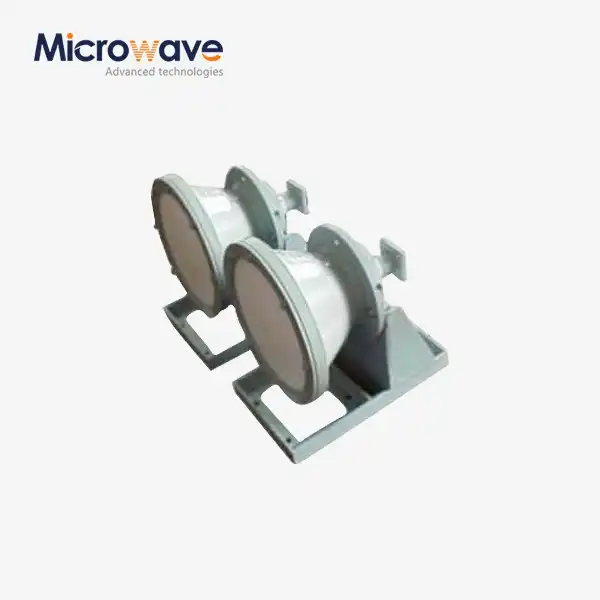 VIEW MOREConical Horn Lens Antenna
VIEW MOREConical Horn Lens Antenna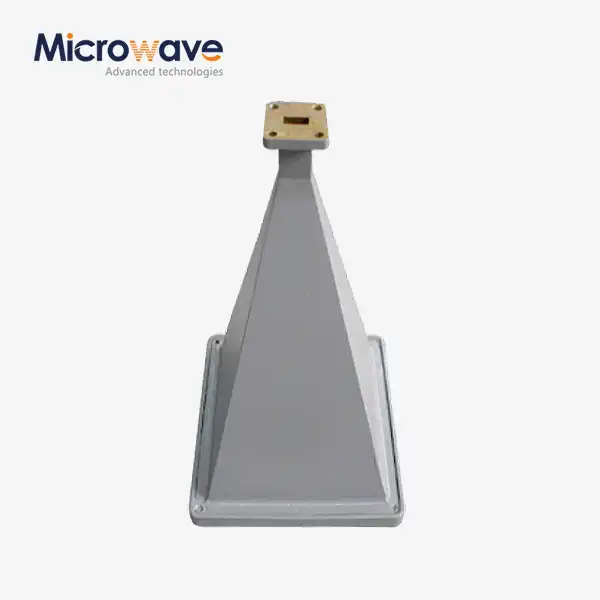 VIEW MOREPyramid Horn Lens Antenna
VIEW MOREPyramid Horn Lens Antenna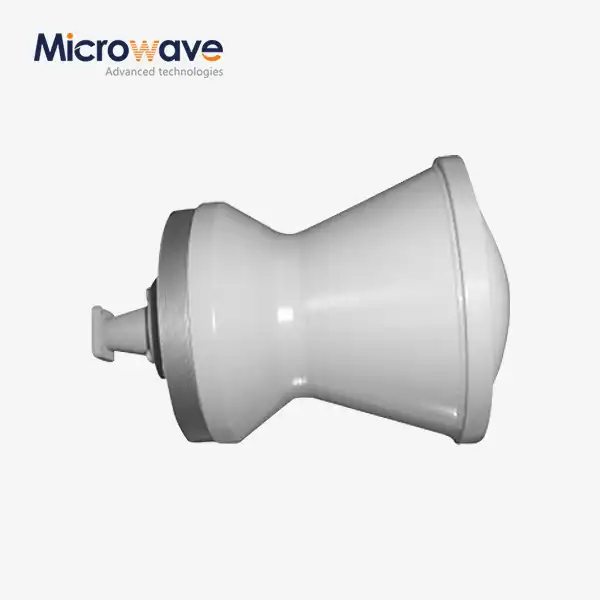 VIEW MOREPoint Focusing Horn Lens Antenna
VIEW MOREPoint Focusing Horn Lens Antenna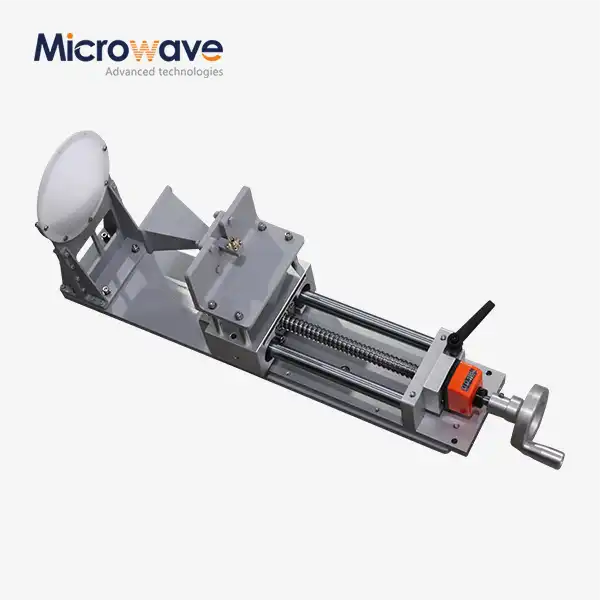 VIEW MOREFeed Fired Lens Antenna
VIEW MOREFeed Fired Lens Antenna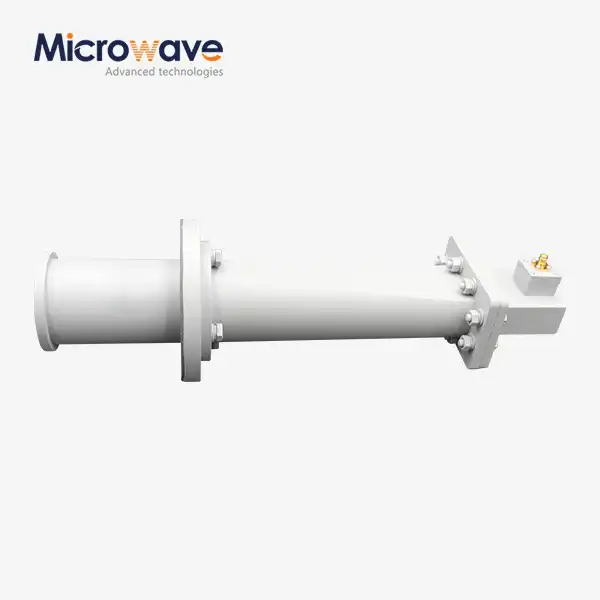 VIEW MORECorrugated Horn and Multimode Horn Antenna
VIEW MORECorrugated Horn and Multimode Horn Antenna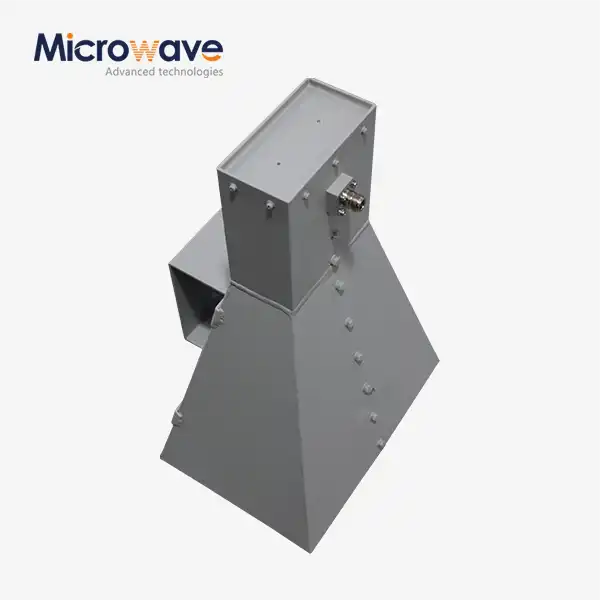 VIEW MOREWideband Double-ridged Horn Antenna
VIEW MOREWideband Double-ridged Horn Antenna




